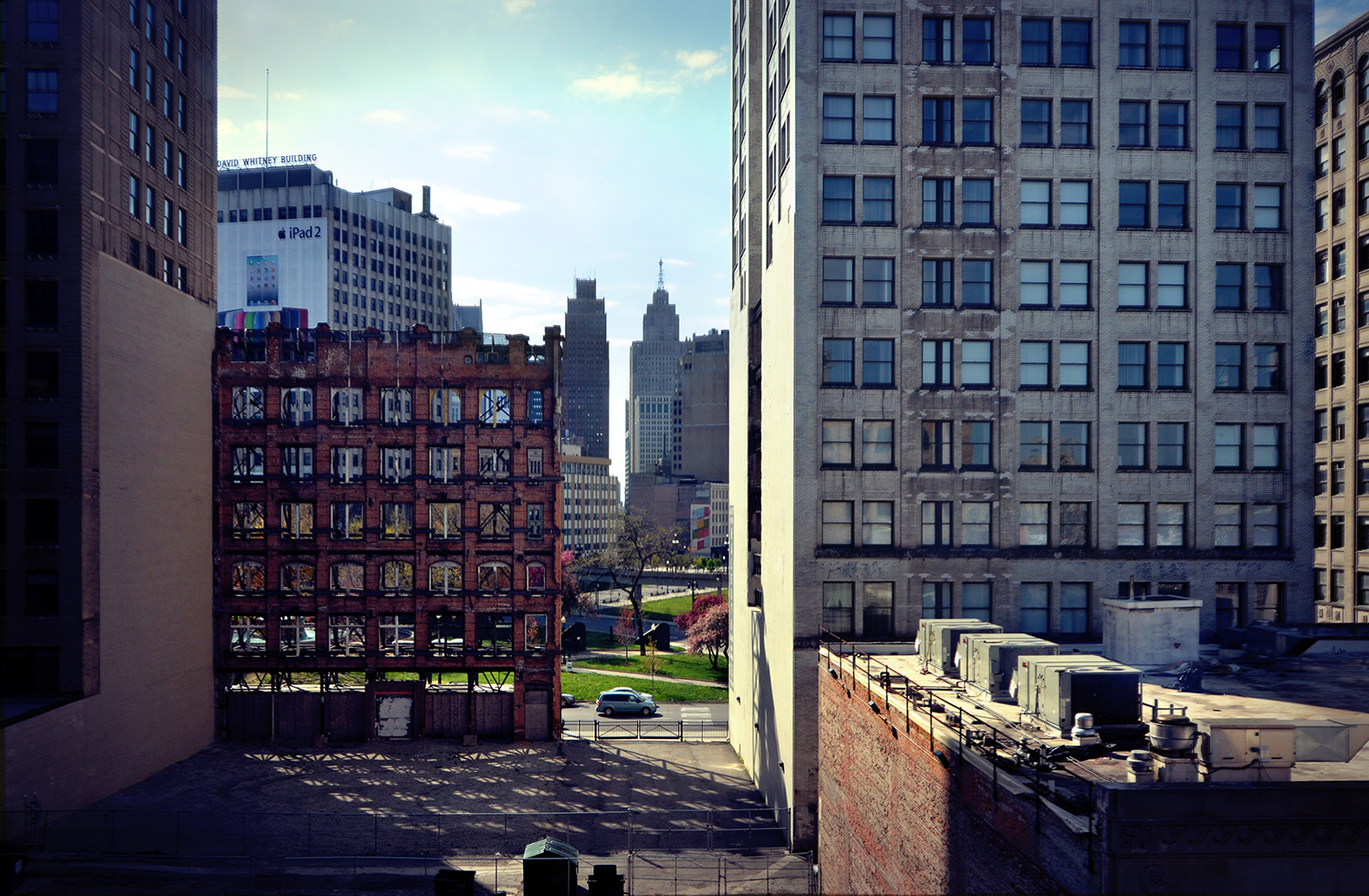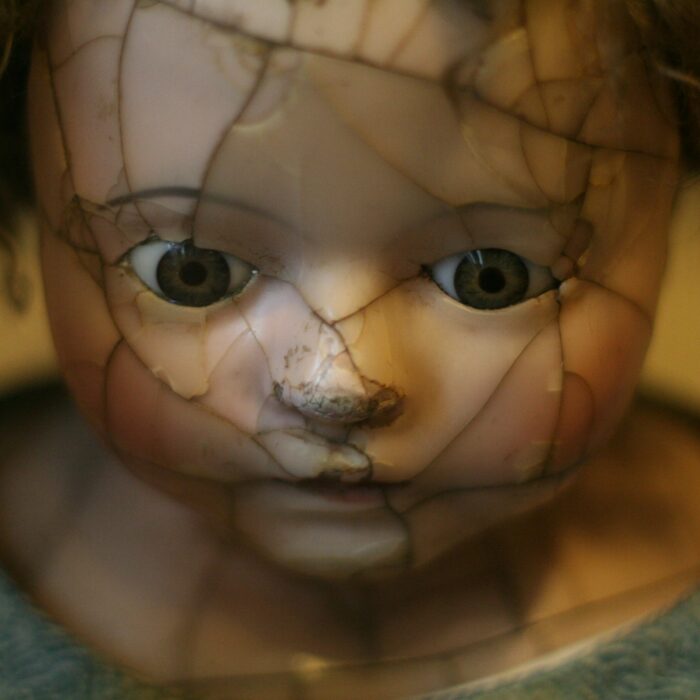You have no items in your cart. Want to get some nice things?
Go shopping
Located on the map between reality and conjecture, ambition and waste, this dreamscape, landscape of loss and continual becoming: the limbo district, Detroit. Where Lazarus might live, if he had a mind to.
How the city got to this point in its history (founded 1701, refounded as you read and I write) is as exhaustively documented as a war, or an especially harsh divorce, with competing theories abraded by ongoing facts. The details that interest me, as a writer (and a native: I was founded here, too), are less municipal than emotional, less industrial than—call it spiritual. Limbo is limbus, the Christian region of souls for whom heaven is still a goal; limbo is the passageway, the place between worlds. Detroit is a place, now, very much between worlds, and as I watch its daily growth, I feel not exhilarated so much as wary.
The ironic grit of Berlin, the unplanned green of Eden, the zen of having one’s wounds exposed, multiple wounds… Detroit owns all these things. There’s stealthy, tender beauty here: what survives a decades-long onslaught—citizens, architecture, genius loci—is fragile, yet frighteningly tough. You can cut yourself on rusted metal, right down to the bone.
And there’s space here, too. Not merely in the sense of real estate, or potential for “development” (hello, Newspeak), but mental space—in limbo, you see farther, further, when what remains is so permeable to the view. This manner of seeing can make one feel stranded, or lost; or disoriented, threatened. Or empowered, ambitious: it might suggest that we clear away all that detritus and put something else in its place, something new. Paint it blue! Bright, forward-looking, indelible blue. Having endured those Lazarus lessons of defeat, that blue paint might look very desirable, it might seem to resemble salvation: We’re not going to go through all that shit again!
No. But.
If we can sit in this space—like Lazarus, just stepped from the tomb; it must have been quiet in that tomb, no doubt he got a lot of thinking done—sit and see the neighbourhood blocks gone prairie, breathe in the ancient smell of the river, watch the new things edging up or blooming or jostling the venerable and the gone—if we can sit to examine these ugly, beautiful remains, we may conclude that much of what died here should stay dead. What lives here, in lacework decay, in rude and stubborn glory, may be what has anchored those who stay, and drawn those who have come here to live; may be what a city can be, needs to be, had better be in this swift and ominous new century already upon us. If we’re going to terraform, let’s not copy the ethos of the cancer cell, let’s not commercially metastasize and call it success. Ruin can be a gift, a hard lens to show what happens when we get things wrong. And if you already know what it’s like to be dead, oh, don’t squander that knowledge.
Limbo is transit; Limbo is Lazarus, slowly lacing his shoes. Limbo is sunlight and dust and the billion motes that swarm between, every mote an idea or a spreadsheet or a dream. In this limbo district of Detroit, so many things can happen; what will happen is whatever we choose.
About Kathe Koja
Kathe Koja is a writer whose 16 novels include THE CIPHER, SKIN, BUDDHA BOY, TALK, UNDER THE POPPY and THE MERCURY WALTZ; THE BASTARDS' PARADISE is forthcoming in fall 2015. With her immersive ensemble, nerve, she directs and produces performative fiction events.




